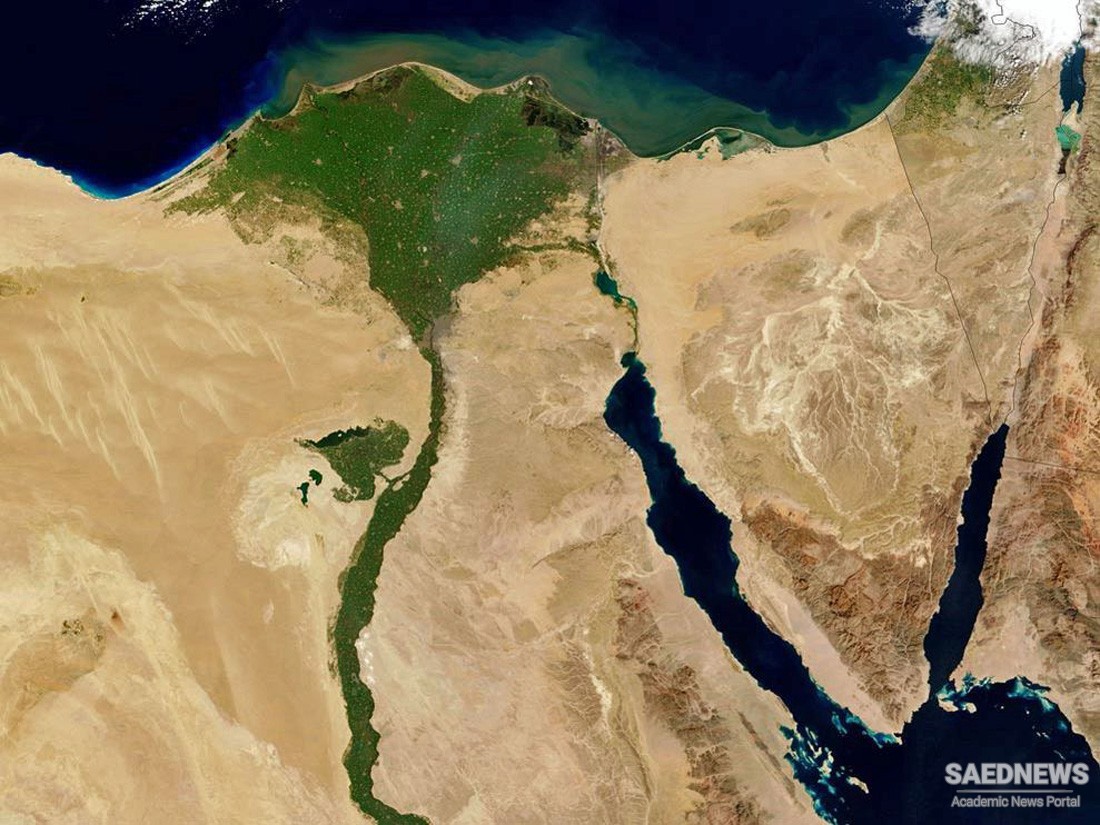There are huge tracts of time to account for – the Old Kingdom alone, on the shortest reckoning, has a history two and a half times as long as that of the United States – and so much happened under the Old Kingdom that often no central narrative is possible. Relations with neighbours were not remarkable, though a series of expeditions was mounted against the peoples of Palestine towards the end of the Old Kingdom.
The First Intermediate period which followed saw the position reversed and Egypt was invaded, rather than being the invader. No doubt weakness and division helped Asian invaders to establish themselves in the valley of the lower Nile; there is a strange comment that ‘the high born are full of lamentation but the poor are jubilant . . . squalor is throughout the land . . . strangers have come into Egypt’. Rival dynasties appeared near modern Cairo; the grasp of Memphis flagged.


 Humble But Magnificent: The Story of Egyptian Civilization
Humble But Magnificent: The Story of Egyptian Civilization














































